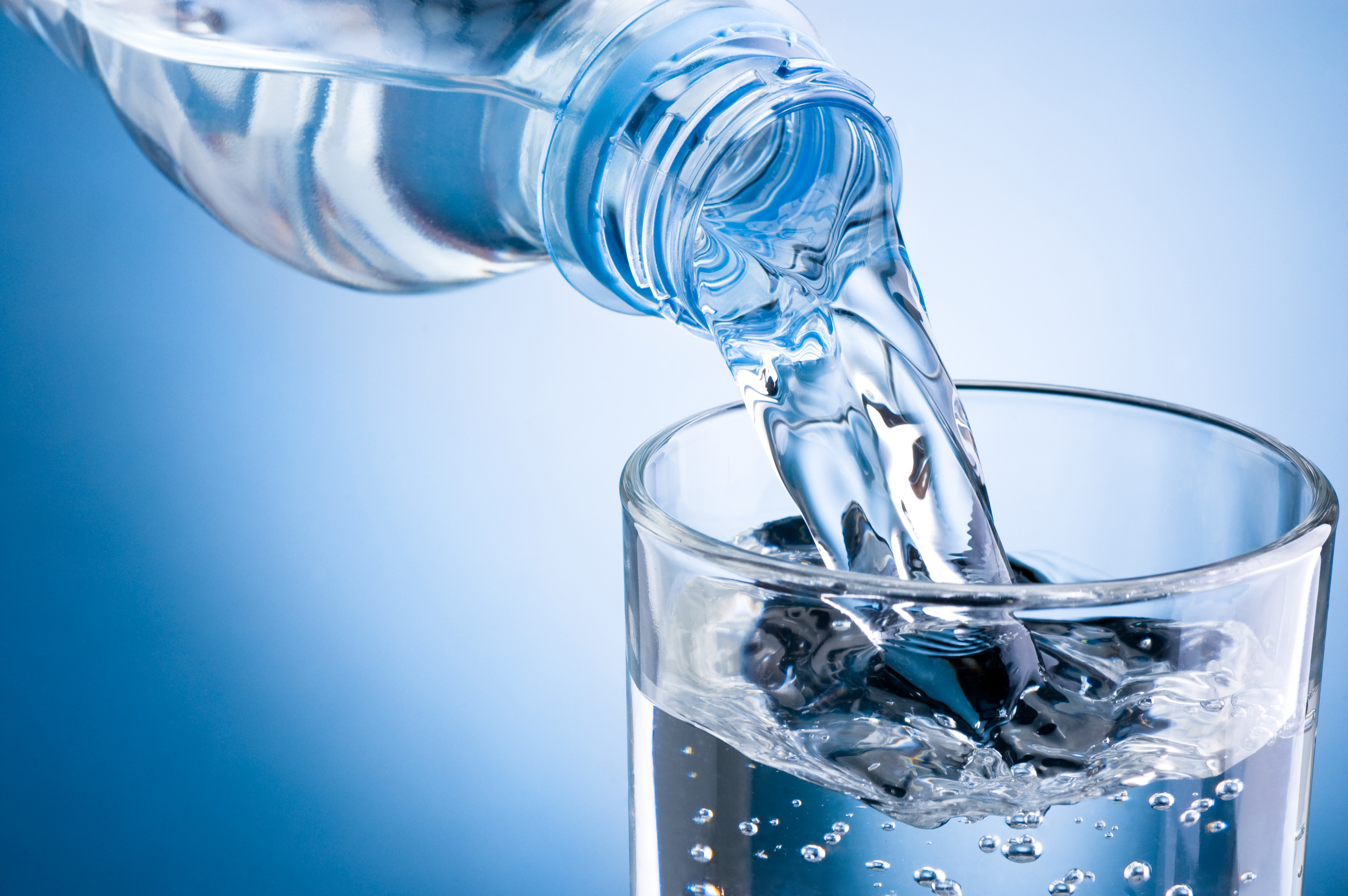
All types of water contain bacteria and protozoa to some extent, including our drinking water, which we consume every day. However, they are not hazardous if the amount is still below the normal threshold.
Here are 10 microorganisms that could be living in our drinking water:
- Salmonella enterica
Salmonella is the leading cause of food poisoning in the world. They are usually transmitted to human beings through the consumption of contaminated food sourcing from animal, such as beef, chicken, eggs, and milk.
- Chaetomium sp.
Chaetomium sp. spores are not too dangerous, even though in several cases they could cause an infection called phaeohyphomycosis. They can also cause an allergic reaction, which usually happens after a chronic exposure.
- Legionella pneumophila
Legionella pneumophila is a rod-shaped gram-negative bacteria. This particular bacteria colony flourishes by sticking on the mossy rubber and plastic pipes; and is resistant to calcium hypochlorite with 26mg/l concentration of chlorine. Legionella can live at temperatures between 5.7°C and 63°C, and grows best at 30°C-45°C.
- Naegleria fowleri
This microorganism is known for its ameba-flagellate characteristic, that is having ameboid and flagellate forms in its life. Its life cycle occurs in 3 stages: a cyst, a trophozoite (ameboid), and a flagellate. Trophozoite in the form of ameboid is the only form that could be found in humans.
- Rhizopus stolonifer
Rhizopus stolonifer is one of the Zygomycota fungi species. This particular fungi species has short but branching hyphae which function as roots (rhizoid) to attach themselves and to absorb the necessary substances. This species also has a sporangiophore (a fungal hypha which bears one or more sporangia—a spora producer—at its end), and a stolon (a hypha which has bigger diameter than the rhizoid and the sporangiophore)
- Eschericia coli
Escherichia coli is one of bacteria type that normally lives in the digestive tract of healthy human beings and animals. The name of this bacteria is taken after the name of a German-Austrian paediatrician who discovered this organism in 1885, Theodor von Escherich. He also successfully proved that diarrhoea and gastroenteritis that happened to infants were caused by Escherichia coli bacteria.
- Copepods
Copepods are small or microscopic aquatic crustaceans found in the sea and in almost all of freshwater habitats, and they form the biggest source of protein in the ocean. Some species are planktonic, some are benthic, and some continental species may live in limno-terrestrial habitats and other wet terrestrial places, such as swamps.
- Rotifers
Rotifers are microscopic microorganisms of Rotifera phylum. Rotifers can be found pretty much everywhere, including freshwater. Rotifers also can be found on mosses and lichens that grow on tree trunks and rocks.
- Anabaena sp.
Anabaena is a genus of filamentous cyanobacteria or blue-green algae, which exist as plankton. They are known to have nitrogen-fixing abilities and they form symbiotic relationships with certain plants, such as fern. There is one out of four genera of cyanobacteria that produce neurotoxins which is harmful to local fauna such as livestock and pets. Certain species of Anabaena have been used in the paddy cultivation, as well as an effective natural fertiliser.
- Cryptosporidium
Cryptosporidium is a genus of apicomplexan pathogenic protozoans that cause diarrhoeal illness called cryptosporidiosis. Other types of apicomplexan pathogenic protozoans are plasmodium parasites (malaria) and toxoplasma parasites (toxoplasmosis).
Text by Denistya Sagita
Stock photos from Shutterstock
Source(s):